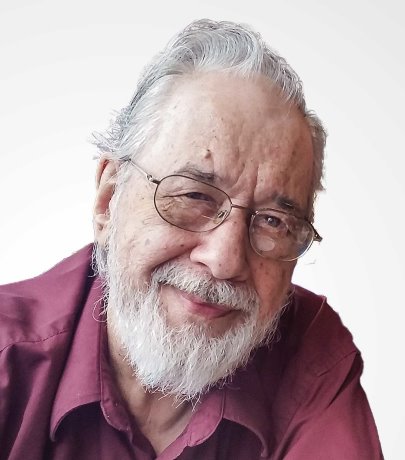It was interesting to see that Chris Tuan has received funding from the U.S. Federal Aviation Authority (FAA) to pursue research in his conductive concrete.
Tuan, a professor of civil engineering at the University of Nebraska-Lincoln, devised his concrete almost 15 years ago, but not a lot has happened since then.
His idea is simple. He added either carbon or steel fibres to his concrete to make it conductive. Steel rods were imbedded in it and attached to electrodes that connected to a 120-volt AC power source. The concrete warms enough to melt the snow on it.
Demonstration projects — one of them the patio in Tuan’s backyard — proved the concept, but nothing much happened until the FAA became interested. They see a possible use for it on airport tarmacs, where snow removal vehicles have to compete with luggage carriers, refuelling trucks and other service vehicles. But they’re not interested in using it for runways where there is lots of room for plows to work.
The knock on Tuan’s original concrete was that it was too expensive. So he’s eliminated the carbon or steel fibres and substituted "coke breeze," which is a carbon byproduct of the manufacturing of blast-furnace coke and steel shavings that are considered industrial waste.
I thought of all this last week as a snowstorm blanketed Ottawa, where I live and work, and where another storm was expected as this was being written.
Could Tuan’s conductive concrete be used to keep major city intersections clear? Or arterial roads? Sidewalks? The areas around bus shelters?
Of course, once one turns one’s imagination loose, there’s no end to the ideas.
Dutch scientists have developed a bio-concrete that uses bacteria and a healing agent to repair its own cracks. Could that concrete be used in buildings in areas that are prone to earthquakes? Or bridges?
What about self-healing surfaces for our roadways? Or imagine small robots flying along, sealing cracks in the road’s running surface.
We’re well on the way to having drones inspecting bridges, using sophisticated technology to build precise, three-dimensional maps of the underside of bridge decks.
Why not use robotics elsewhere? How about robots swimming endlessly through sewer systems looking for blockages or potential blockages, and taking remedial action when they find them?
After all, we’ve made great strides in the field of Artificial Intelligence (AI), why not give it to robots?
Robotic inspectors could patrol a city’s streets, finding and fixing potholes. They could patrol skies over cities, skimming low over rooftops looking for storm damage, for example, and repairing it on the spot.
Swiss researchers have demonstrated robots that, working together, can weave cable structures in mid-air. Systems like that could be used to secure objects jarred loose by storms or earthquakes, stitching things back onto the structures they fell from.
They could also weave small-scale suspension bridges for people stranded by floods — or use slings to ferry lightweight materials to replace bridge decks that have washed away.
See where this is going? Resilience.
With urbanization accelerating, with the risk of floods, wildfires, droughts and storms like Superstorm Sandy a few years ago, creating resilient infrastructure is at the front of many municipal engineers’ minds.
Resilience can take many forms. It can be as simple as not building on floodplains, or engineered solutions to stormwater like raingardens and stormwater retention ponds in parks.
New materials, like the self-healing concrete, are being developed every week somewhere in the world. But we can’t leave them to languish in the laboratory or in Tuan’s backyard.
We have the technology to develop maintenance bots with the "intelligence" to make repairs, whether it’s to a watermain that needs to be relined, or a roof with a storm-damaged membrane.
What we’re headed for — or could be, if we have the imagination — is cities that repair themselves.
Korky Koroluk is an Ottawa-based freelance writer. Send comments to editor@dailycommercialnews.com.





Recent Comments
comments for this post are closed